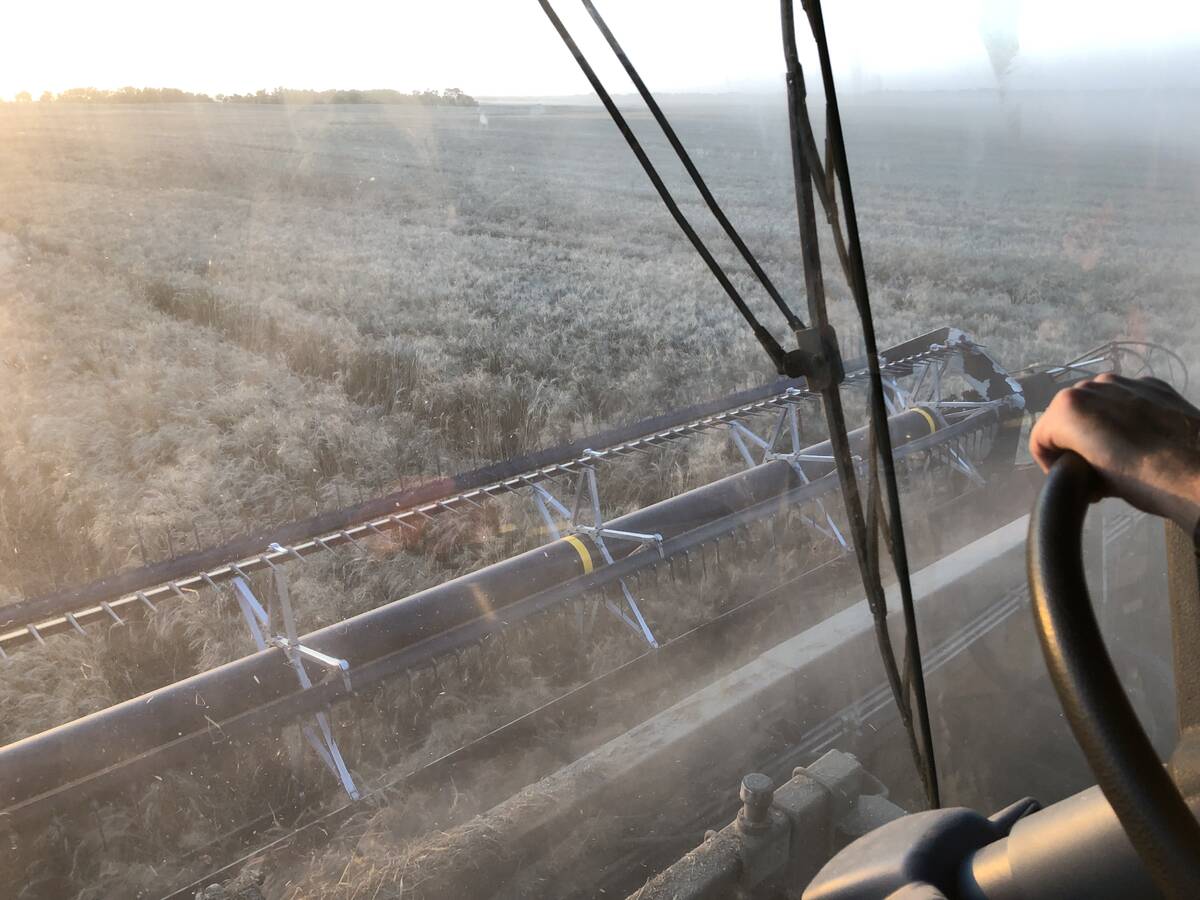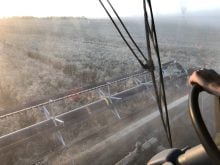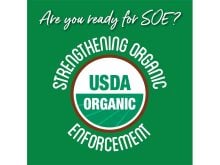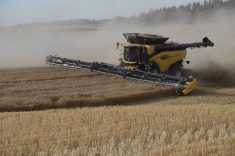Saskatchewan farmers grow 80 percent of Canada’s mustard crop, but that’s where their involvement ends.
Canada is the largest mustard exporter in the world, with at least 75 percent of the crop processed elsewhere into condiments, flours and oils.
A group in the Gravelbourg, Sask., area wants to change that.
Kirk Klemenz, Gravelbourg’s economic development officer, said the group has applied for federal and provincial funds to help with its final due diligence study on a project that could set up facilities in several communities.
Read Also

Mail strike disrupts grain sample delivery
The Canadian Grain Commission has asked farmers to consider delivering harvest samples directly to CGC offices, services centres or approved drop offs as Canada Post strike delays mail.
“This is a regional project looking more at an integrated approach,” he said.
Many purposes
The committee wants the project to include facilities that will process mustard for milling, crushing, biodiesel and glycerin and handle the byproducts. Each phase requires a final business plan.
“We’re looking at probably 15 to 18 months worth of doing that kind of work,” Klemenz said.
Ideally, several communities, including Lafleche, Kincaid and Woodrow, would receive a piece of the project, he added.
Those decisions will be made as the business planning proceeds and the economics dictate.
For some products, it might make more sense to ship the raw oilseed but for others a finished product will be required.
Klemenz said the Gravelbourg economic development office initiated the project after asking the question, ‘what are we really good at?’ “
A feasibility study examined the possibility of value-added oilseed processing and found that mustard had the most potential in a mature, competitive oilseed industry that includes a small number of large companies.
It suggested opportunities in niche markets and new uses, and recommended establishing alliances for seed supply, financing, research and market access.
Klemenz said mustard is often overshadowed by opportunities in wheat and canola and it makes sense to try to add more value at home.
Saskatchewan Mustard Development Commission chair Erroll Simington said the idea has merit, although the association was not directly involved.
“Anything that we can do further with the seed is positive,” he said. “It all leaves the province right now.”
Klemenz said the provincial government supports the idea, but added the project must remain regional, offering major benefits to growers.
“The last thing we want is for (government or large grain companies) to say, ‘you’ve got a great project. Let’s move it to Regina.’ ”

















